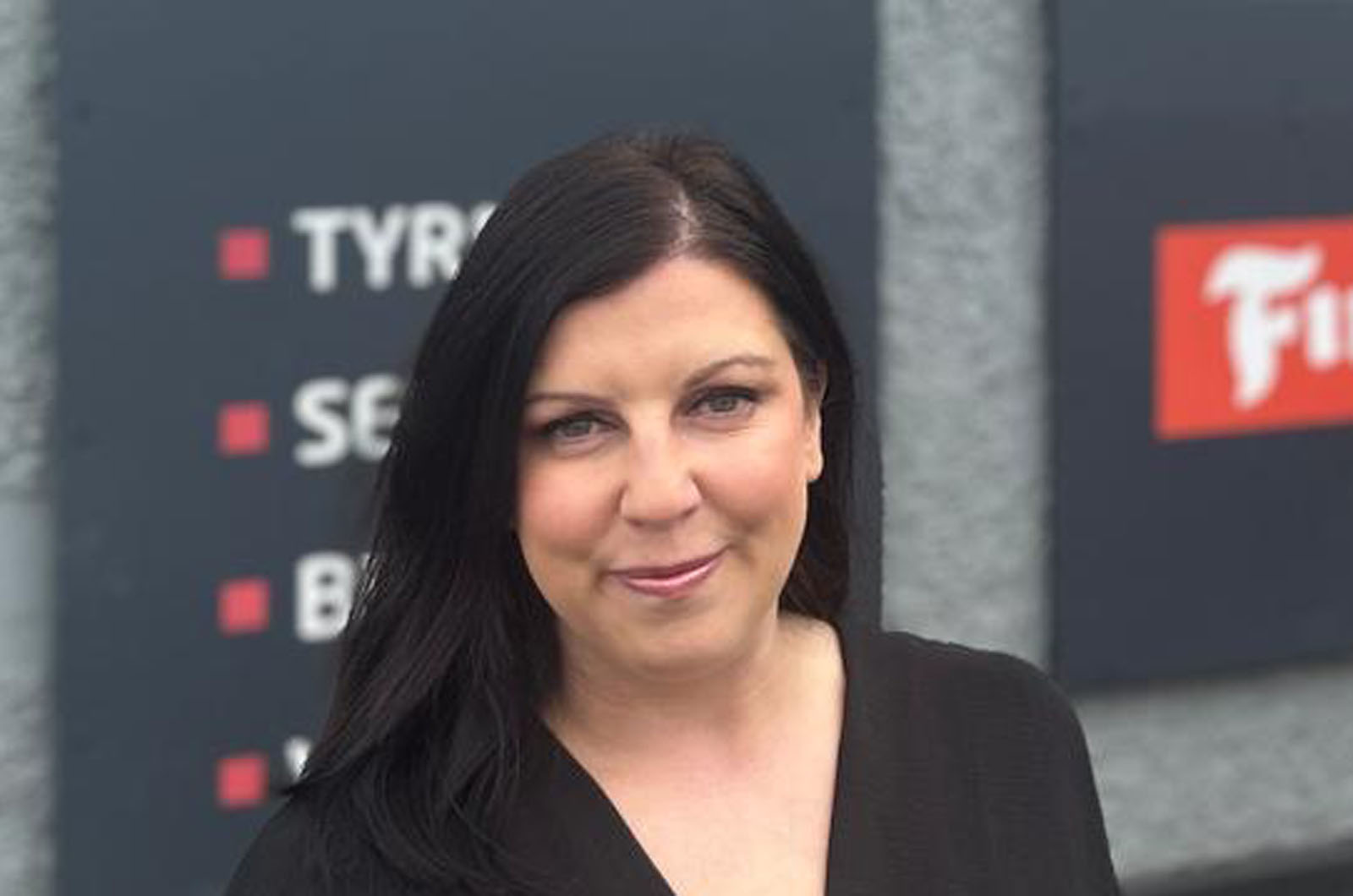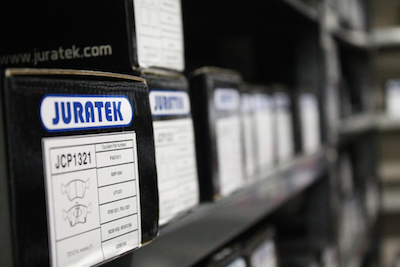Life working on a magazine isn’t always easy. I’ve spent 13 years in the trade now, in editorial and publishing on consumer and B2B titles. So I should know.
But sometimes, just sometimes, the efforts we put into our trade are well rewarded.
Such was the case with the June issue of CAT, which also marked the brand’s 30th year in existence.
At the start of the year we all knew that here was an opportunity, a chance to create something special that would be kept and remembered for years to come by the industry we serve.
The question was: how would we create that something special?
CAT 30th IDEA HATCHED
Back in January the CAT team (consisting of me, Emma, Karen and Martin) sat down in a local pub and talked it through.
Ideas were discussed – some good, some zany.
They ranged from holding a 007 Bond-themed ‘CATsino’ gambling night through to a jaunt on a boat up the Thames and a deep-sea fishing trip out of Brighton.
Eventually, we hatched a plan that we hoped would result in an issue of CAT that would be revered for years to come.
The idea was a simple.
Inside the regular issue of CAT, we’d place a 64-page, bound-in supplement. And in that supplement, we’d look back at the aftermarket in each and every year since CAT’s arrival on the scene in the summer of 1979.
It would become a record of the entire industry in that period, as reported by our predecessors.
Our 30th anniversary issue would be history recorded for posterity; with individual characters, companies, scandals, collapses and successes documented in one place for the very first time.
We would name it, ‘The CAT Chronicles’. Genius.
CAT: COMMERCIALLY STRONG
From a commercial perspective, creating a publication along these lines made sense.
Not only would it be an interesting read for anyone associated with the IAM during the last 30 years, but importantly it made sense commercially, too.
We decided to offer unique sponsorship opportunities for every year, offering clients the chance to write advertorial about their company’s development in a timeframe of their choosing and ‘own’ a year of their choice.
Emma and I became quite excited at the prospect of creating this CAT behemoth. But a few days after we agreed to do it, it became clear to us that, from a workload perspective, we’d created a monster.
But we couldn’t stop now. Initial sales pitches had been made, some agreed. NGK expressed a keen interest in sponsoring the whole thing.
So there was no turning back. Initial feedback we were getting pointed one way: that we were onto a winner.
NO CASH
All this had to be done with no promotional or extra cash.
Budgets were tighter than sales manager Martin Lee’s wallet. We couldn’t hire anyone else to work with us, other than our part-time art editor. We didn’t have the funds.
But what the hell, we were going to do it. We’d smash through the extra workload like a juggernaught ploughing into a Smart car.
We were going to create aftermarket history by recording aftermarket history in one tome: in a way it had never been done before. And that was exciting.
For me, it meant a return to my journalistic routes: writing the supplement as I brokered sponsorship deals with clients, agreed costs with the printers, looked at postage charges and ensured the whole thing didn’t go over budget.
For Emma, it meant writing it as she worked on standard issues of CAT.
For the sales guys, it meant selling deals on an extra platform, trying to eke extra money from clients’ already hard-pressed budgets.
AFTERMARKET RESEARCH
And so it was that, in March, Ems and I began the job of reviewing 360-odd back issues of CAT, summarising each year’s news and stories into a page or two of editorial.
Often we’d in the office til 9 or 10pm at night, reading through back issues, researching, writing and subbing. Before writing some more, double checking the research and subbing the same pages over and over again.
Many old CAT issues were memorable for the right reasons. Good copy, good stories, interesting news with humour aplenty. There were also pictures of topless women and a sexism that would not wash in the CAT office today.
But many issues were poor. The early to mid 1980s saw CAT go through a period when the layout was so sketchy you’d be reading a feature on page 6, only for it to abruptly end mid-sentence – along with instructions to turn to page 31 and then to page 9.
DEADLINE HAVOC
Little by little, though, we got there, although not without some good old fashioned blood, sweat and tears.
And finally, at about 10pm on deadline day, the mag was finally dispatched to the printers
Phewy.
We went home that night and quite probably consumed more units in three hours than you’re supposed to absorb in a week.
“SHIT”
A week later and, following a congratulatory day at Thorpe Park in which we all enjoyed ourselves on the various roller coasters (you’ve just got to have a go on Saw, it’s mental), the magazine was delivered to the office.
We opened the boxes with trepidation.
Silence ensued as the content was checked for errors (a typical journo thing to do).
“Shit!” exclaimed Emma. “Shit, shit shit.”
I wondered what she was upset about. Maybe some pages had been printed in the wrong order? Maybe a photograph was missing, with a blank space in its place?
“We got a comma in the wrong place,” she said.
I laughed. You’re never going to spot everything, not when there’s only two of you working on such a big project.
THE BEST ISSUE OF CAT – EVER
The issue was okay. In fact, it was better than okay. It looked the absolute nuts. We had conceived an idea and executed it well. The result was brilliant.
Within hours copies were dropping through company letter boxes all over the country. Calls started coming in. “The best issue of CAT for many many years,” was the consensus of many. “The best issue of CAT ever,” was the view of most.
Sometimes, just sometimes, the effort we put into our work is rewarded…










Go to comments